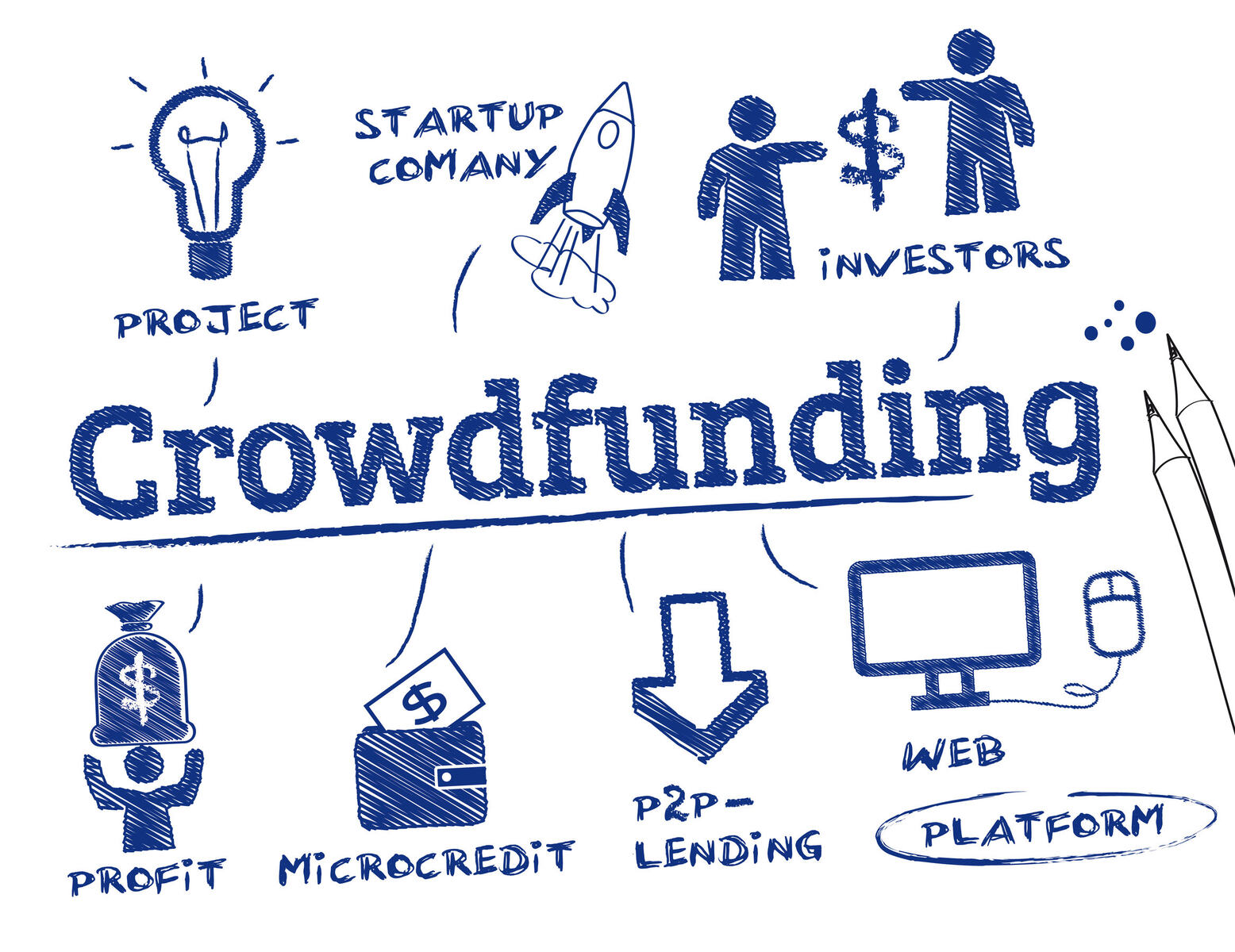In the world of startups, the business models of internet advertising and B2B SaaS have been proven to be highly profitable. However, these models are also competitive and saturated with formidable giants. For startups looking for an alternative approach, “capturing spread” is a lesser-known but potentially lucrative business model that could apply to their unique offerings.
Key Takeaway
Startups have the opportunity to explore alternative business models beyond internet advertising and B2B SaaS. Capturing spread, a model commonly used in the financial services industry, offers the potential for significant profits by making a small margin on a larger flow of capital. By leveraging this approach, startups can carve out a niche and achieve financial success in a competitive landscape.
What is “Capturing Spread”?
Capturing spread involves making a small amount of revenue on a larger flow of capital. This model is primarily used by financial services firms worldwide. For example, when you buy an ETF (exchange-traded fund) from your broker, they may charge you a management fee of 0.5% per year. However, it only costs them 0.45% to manage the fund. While the difference of 0.05% may seem insignificant, it can accumulate into significant profits when attracting billions of dollars.
Volatility in the market can affect a company’s valuation, and the goal is always to see upward growth. By capturing spread, businesses can generate substantial earnings. Let’s take a closer look at the numbers. If a company captures a spread of 0.05% on $1 billion, it translates to $500,000 of straight EBITDA. If the spread increases to 0.2% and attracts $5 billion, the profit jumps to a staggering $10 million.
Notable examples of profitable businesses utilizing this model include stablecoins, which are backed by U.S. Treasuries and USD cash. These stablecoins hold over $50 billion in assets, with the invested funds earning approximately 5% from U.S. Treasuries. However, the stablecoin only pays out around 3% to its holders. As a result, the company retains 2% of the $50 billion, amounting to an impressive $1 billion in profit.

























